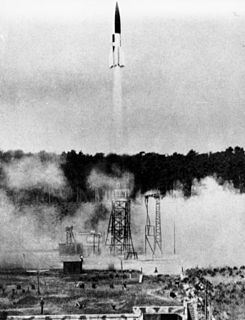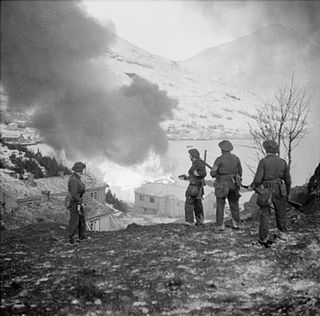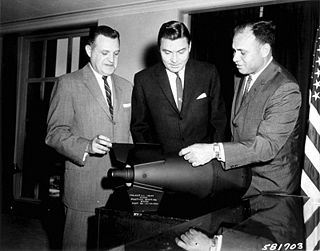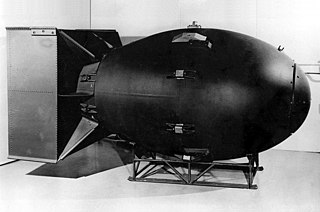Description
Whether a military asset is considered a capital asset, or part of a public infrastructure, is a matter of definition. War planners may deem individuals and other items in war zones and rebel controlled area as military assets and not civilian infrastructure. This can include train lines, water plants, agricultural factories, and medicine supplies.
Tactical imagery is used to find concealed high-value assets like artillery placements, ammo dumps and other logistical sites. Terrain and the proximity to supported units would dictate probable locations of logistical routes, ammo dumps, supply depots and assembly areas. Being that the military by definition embraces uniformity, patterns of emplacement and concealment are targeting by the opposing forces assets (such as artillery and air strikes). The size, shape, and surroundings of items frequently gave away the location of military assets and identifiable targets.
Marilyn Waring argued in the 1980s that under the UN System of National Accounts there was no clear differentiator of investment in public goods versus weaponry, and that this distorted the entire monetary system. See monetary reform for more on this issue.

Artillery is a class of heavy military ranged weapons built to launch munitions far beyond the range and power of infantry firearms. Early artillery development focused on the ability to breach defensive walls and fortifications during sieges, and led to heavy, fairly immobile siege engines. As technology improved, lighter, more mobile field artillery cannons developed for battlefield use. This development continues today; modern self-propelled artillery vehicles are highly mobile weapons of great versatility generally providing the largest share of an army's total firepower.

In modern language, a missile, also known as a guided missile or guided rocket, is a guided airborne ranged weapon capable of self-propelled flight usually by a jet engine or rocket motor. Missiles have four system components: targeting/guidance system, flight system, engine and warhead. Missiles come in types adapted for different purposes: surface-to-surface and air-to-surface missiles, surface-to-air missiles, air-to-air missiles, and anti-satellite weapons.

A military, also known collectively as armed forces, is a heavily armed, highly organized force primarily intended for warfare. It is typically officially authorized and maintained by a sovereign state, with its members identifiable by their distinct military uniform. It may consist of one or more military branches such as an army, navy, air force, space force, marines, or coast guard. The main task of the military is usually defined as defence of the state and its interests against external armed threats.

Anti-aircraft warfare or counter-air defence is the battlespace response to aerial warfare, defined by NATO as "all measures designed to nullify or reduce the effectiveness of hostile air action". It includes surface based, subsurface, and air-based weapon systems, associated sensor systems, command and control arrangements, and passive measures. It may be used to protect naval, ground, and air forces in any location. However, for most countries the main effort has tended to be homeland defence. NATO refers to airborne air defence counter-air and naval air defence as anti-aircraft warfare. Missile defence is an extension of air defence, as are initiatives to adapt air defence to the task of intercepting any projectile in flight.
Aerial warfare is the battlespace use of military aircraft and other flying machines in warfare. Aerial warfare includes bombers attacking enemy installations or a concentration of enemy troops or strategic targets; fighter aircraft battling for control of airspace; attack aircraft engaging in close air support against ground targets; naval aviation flying against sea and nearby land targets; gliders, helicopters and other aircraft to carry airborne forces such as paratroopers; aerial refueling tankers to extend operation time or range; and military transport aircraft to move cargo and personnel. Historically, military aircraft have included lighter-than-air balloons carrying artillery observers; lighter-than-air airships for bombing cities; various sorts of reconnaissance, surveillance and early warning aircraft carrying observers, cameras and radar equipment; torpedo bombers to attack enemy shipping; and military air-sea rescue aircraft for saving downed airmen. Modern aerial warfare includes missiles and unmanned aerial vehicles. Surface forces are likely to respond to enemy air activity with anti-aircraft warfare.

ISTAR stands for intelligence, surveillance, target acquisition, and reconnaissance. In its macroscopic sense, ISTAR is a practice that links several battlefield functions together to assist a combat force in employing its sensors and managing the information they gather.

In military science, suppressive fire is "fire that degrades the performance of an enemy force below the level needed to fulfill its mission". When used to protect exposed friendly troops advancing on the battlefield, it is commonly called covering fire. Suppression is usually only effective for the duration of the fire. It is one of three types of fire support, which is defined by NATO as "the application of fire, coordinated with the maneuver of forces, to destroy, neutralise or suppress the enemy".

Power projection is a term used in military and political science to refer to the capacity of a state to deploy and sustain forces outside its territory.
Space warfare is combat that takes place in outer space. The scope of space warfare therefore includes ground-to-space warfare, such as attacking satellites from the Earth; space-to-space warfare, such as satellites attacking satellites; and space-to-ground warfare, such as satellites attacking Earth-based targets.

An ammunition dump, ammunition supply point (ASP), ammunition handling area (AHA) or ammunition depot is a military storage facility for live ammunition and explosives.
Modern warfare is warfare that is in notable contrast with previous military concepts, methods, and technology, emphasizing how combatants must modernize to preserve their battle worthiness. As such, it is an evolving subject, seen differently in different times and places. In its narrowest sense, it is merely a synonym for contemporary warfare.

Air interdiction (AI), also known as deep air support (DAS), is the use of preventive tactical bombing and strafing by combat aircraft against enemy targets that are not an immediate threat, in order to delay, disrupt, or hinder later enemy engagement of friendly forces. It is a core capability of virtually all military air forces, and has been conducted in conflicts since World War I.

Military logistics is the discipline of planning and carrying out the movement, supply, and maintenance of military forces. In its most comprehensive sense, it is those aspects or military operations that deal with:

Industrial warfare is a period in the history of warfare ranging roughly from the early 19th century and the start of the Industrial Revolution to the beginning of the Atomic Age, which saw the rise of nation-states, capable of creating and equipping large armies, navies, and air forces, through the process of industrialization.

A tactical nuclear weapon (TNW) or non-strategic nuclear weapon is a nuclear weapon which is designed to be used on a battlefield in military situations mostly with friendly forces in proximity and perhaps even on contested friendly territory. Generally smaller in explosive power, they are defined in contrast to strategic nuclear weapons: which are designed to be mostly targeted in the enemy interior away from the war front against military bases, cities, towns, arms industries, and other hardened or larger-area targets to damage the enemy's ability to wage war.
Battle-space is a term used to signify a unified military strategy to integrate and combine armed forces for the military theatre of operations, including air, information, land, sea, cyber and space to achieve military goals. It includes the environment, factors, and conditions that must be understood to successfully apply combat power, protect the force, or complete the mission. This includes enemy and friendly armed forces, infrastructure, weather, terrain, and the electromagnetic spectrum within the operational areas and areas of interest.

A strategic nuclear weapon refers to a nuclear weapon that is designed to be used on targets often in settled territory far from the battlefield as part of a strategic plan, such as military bases, military command centers, arms industries, transportation, economic, and energy infrastructure, and heavily populated areas such as cities and towns, which often contain such targets. It is in contrast to a tactical nuclear weapon, which is designed for use in battle as part of an attack with and often near friendly conventional forces, possibly on contested friendly territory.

The Albanian Support Command is a supporting command of the Albanian Armed Forces, which has as its primary mission the support of the Armed Forces in the areas of procurement and supply, maintenance, transport, inventory, medical supply, and supporting civil-military cooperation for these issues. The Support Command and logistic support units of the AAF should be able to accomplish all requirements to enable logistics sustainment of force operations in every kind of environment.

Ammunition is the material fired, scattered, dropped or detonated from any weapon. Ammunition is both expendable weapons and the component parts of other weapons that create the effect on a target. Nearly all mechanical weapons require some form of ammunition to operate.
In transport, tunnels can be connected together to form a tunnel network. These can be used in mining to reach ore below ground, in cities for underground rapid transit systems, in sewer systems, in warfare to avoid enemy detection or attacks, as maintenance access routes beneath sites with high ground-traffic such as airports and amusement parks, or to extend public living areas or commercial access while avoiding outdoor weather.














